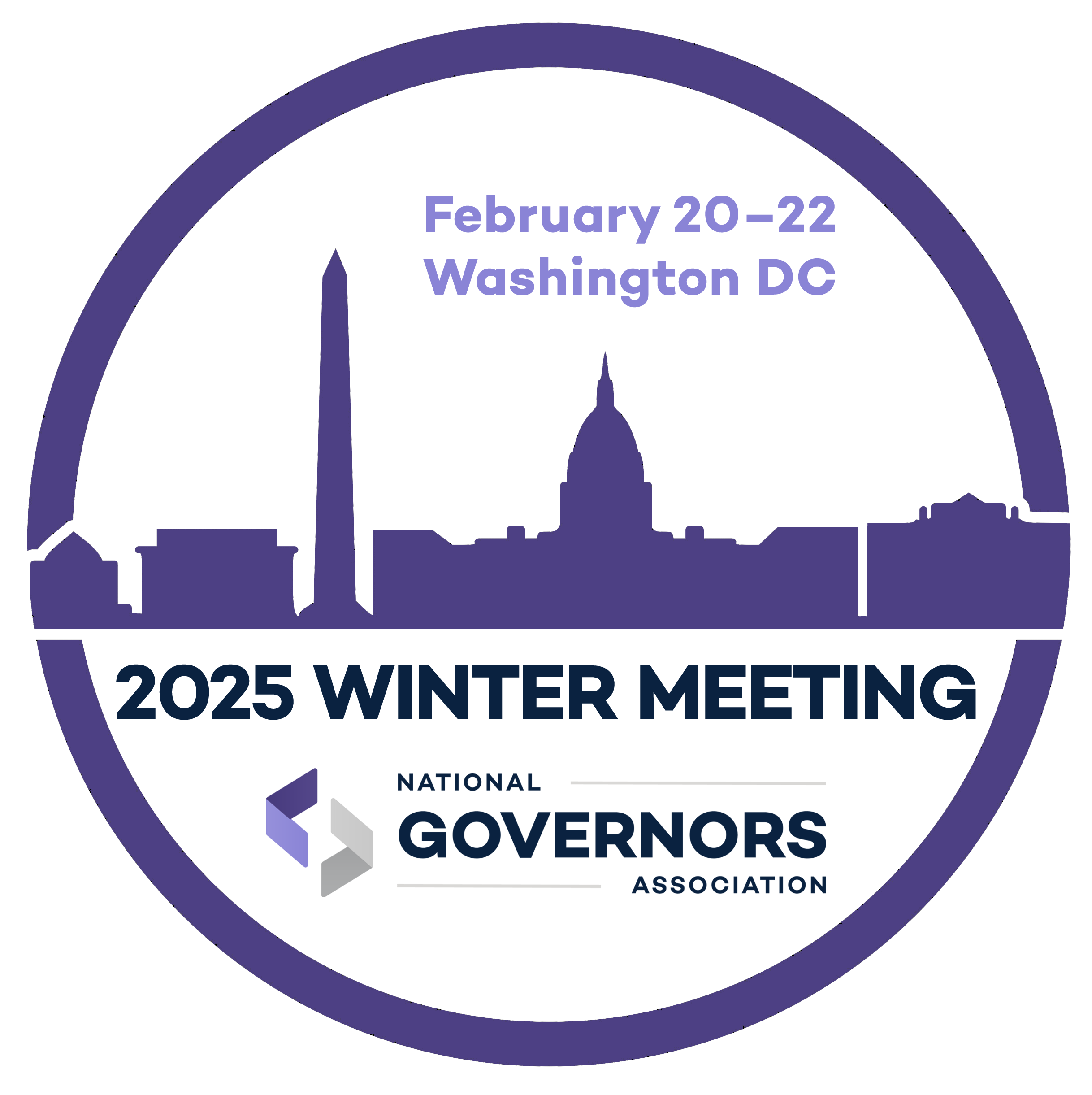Public Health infrastructure is the system that supports the planning, delivery and evaluation of the 10 public health essential services. The COVID-19 pandemic emphasized the importance of a robust public health infrastructure and illuminated the gaps and challenges the U.S. public health systems face today. To support states, the National Governors Association Center for Best Practices, in collaboration with Harvard Medical School Covid Academy, launched a webinar series on modernizing the U.S. public health system. The four-part series focused on how state and territory public health leaders can ensure an equitable health system by focusing on the following topics: public health workforce, public health funding, data modernization and public health governance. These sessions aimed to help state leaders craft public health system reforms by sharing lessons learned and emergent best practices from COVID-19 so that state and territory public health systems can prevent and mitigate future public health crises.
NGA Public Health Leaders: Modernization of the Public Health Workforce
Wednesday, February 16, 2022
Governmental public health needs to hire a minimum of 80,000 more full time employees in state and local health departments – an increase of 80% – to provide adequate infrastructure and minimum public health services to the nation, according to the 2021 de Beaumont Foundation report Staffing Up: Determining Public Health Workforce Needs to Serve the Nation. Modernizing the public health workforce requires collaboration between federal, state, territorial, tribal, and local government. While the American Rescue Plan commits $7.66 billion towards establishing, expanding, and sustaining a public health workforce for the 21st century, the role of state leadership is critical.
NGA Public Health Leaders: Exploring Funding of America’s Public Health System
Wednesday, March 2, 2022
Sustainably funding the U.S. governmental public health system across federal, state, territorial, tribal, and local agencies is a perennial and multifaceted challenge. The Impact of Chronic Underfunding on America’s Public Health System found that the fund “is on pace to lose $11.9 billion – about a third – of its originally allocated $33 billion for public health authorities from FY 2010-2027.” The COVID-19 pandemic affords leaders across all levels of government and sectors of society the opportunity to collectively decide a path forward to avoid the “boom and bust” cycles of recent decades, and to collaboratively explore causes and potential solutions.
NGA Public Health Leaders Call: Data Modernization and Collection
Wednesday, March 18, 2022
The COVID-19 pandemic found U.S. public health data systems unprepared for the challenges of a global pandemic. Effective public health response requires the collection of accurate, timely, and interoperable data. The siloed nature of public health programs across the country presents a major challenge to interagency and cross-jurisdiction solutions. Over the past two years states have undertaken Herculean efforts to repurpose, establish, and maintain systems to collect, integrate, and disseminate public health data to partners across levels of government and sectors of the economy. Governors can play a vital role in public health system modernization.
NGA Public Health Leaders Call: Public Health Governance
Wednesday, March 30, 2022
The COVID-19 pandemic has pushed the issue of public health governance to the fore. Governors’ offices, state legislatures, agencies, and non-profits are engaging in the critical work of assessing COVID management and response with an eye to averting future public health emergencies. Advisors should understand and be able to explain key similarities and differences between specific public health authorities and broader emergency authorities, and their respective application to (for example) geographically or temporally defined emergencies. While recognizing the legitimate concerns of absolute power, states must also recognize the tradeoffs of restricting emergency authority and the impact on response capabilities.













